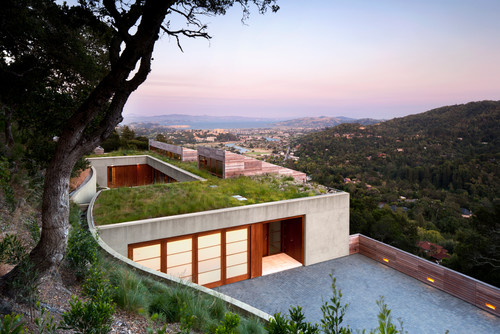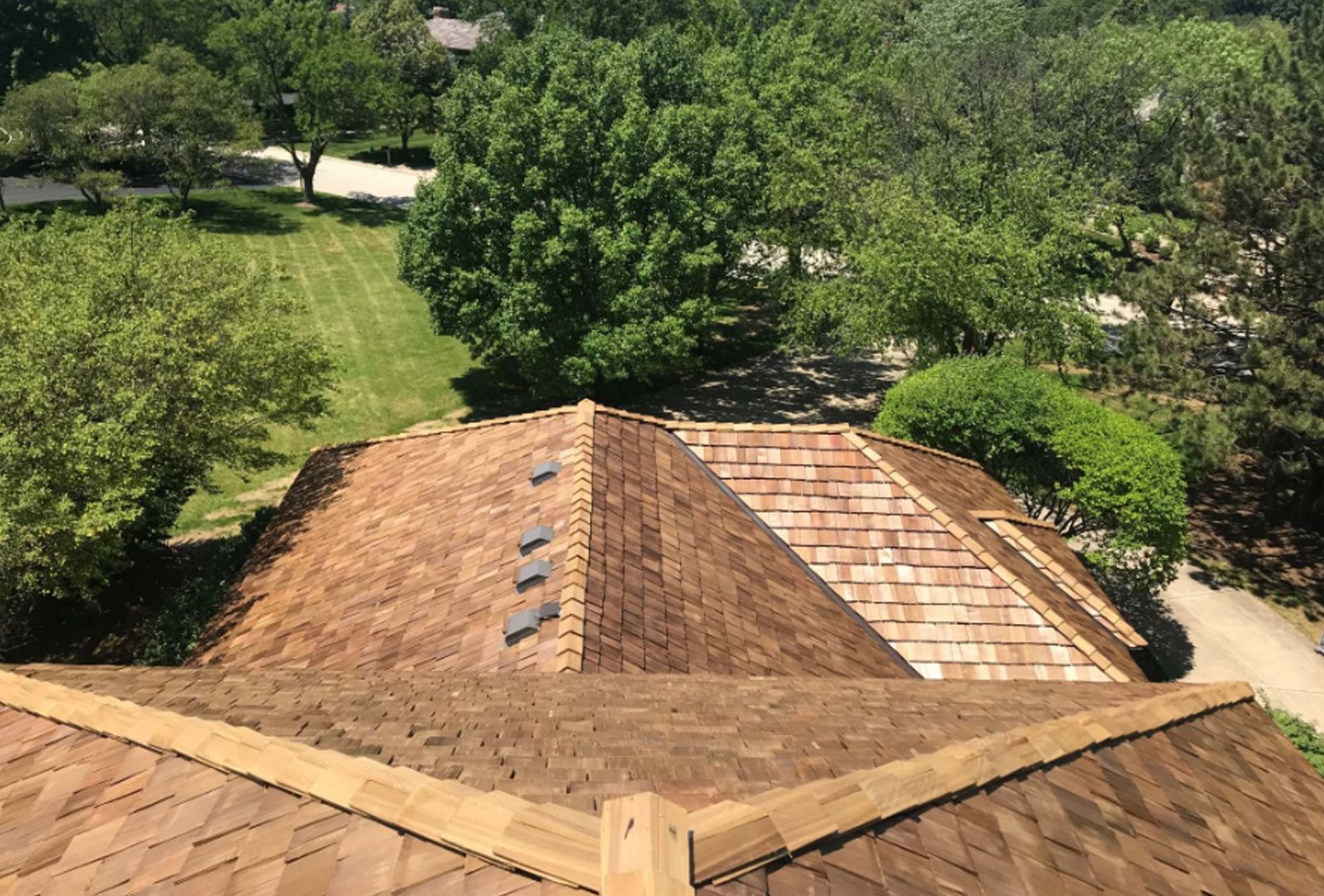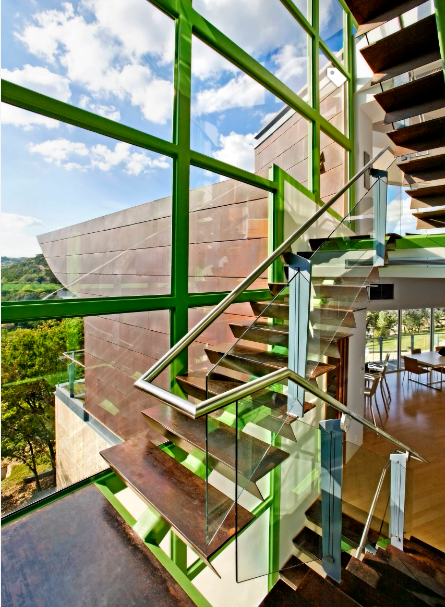Besides their outstanding appearance, grass roofs have many benefits. One of these benefits is a good insulation of your home, which makes heating and cooling expenses to decline significantly. With a grass roof your home is integrated in the environment.

Photo by Turnbull Griffin Haesloop – Browse exterior home ideas
You can easily install a grass roof. The secret is to work in layers. If you install a good foundation for your grass seeds, the rest will be extremely easy. In fact, from this point, a grass roof is similar to a regular lawn. It is almost, maintenance free. Little water (only when not raining) is all that requires such a roof.
Materials & Tools
– Concrete; Aluminum Green Build Edging; Plastic Sheeting; Asphalt Mastic; Polyester Filter Fabric;
– Trowel; Paintbrush; Wind Blanket; Fiberglass Tape; Roofing Nails;
– Grass Seeds; Top Soil; Compost; Mulch; Gravel; Pumice; Drip Irrigation System;
– Shale; Expanded Slate; Volcanic Pumice or Crushed Clay Tiles;
How to Install a Grass Roof
1. Check the Roof Structure
Before starting the installation of such a roof, it is imperative that you ask the advice of a structural engineer. Only a structural engineer can tell you if your roof is suitable for such work.
2. Install the Plastic Sheeting
The first step is the covering of the house roof with plastic sheeting. This thick sheeting will be the grass roof waterproofing membrane.
To attach the membrane to the roof structure use asphalt mastic.
The overlapping of two plastic sheeting must be at least 4-inches.
You can tape the seams with fiberglass tape.
3. Install the Edge of the Roof Perimeter
If you have a pitched roof, use aluminum green build edging to maintain the layers of your grass roof.
Edge the entire perimeter around, with “L” part of the edging above the plastic membrane.
Attach the aluminum edging using roofing nails.
How to Maintain a Shake Roof | How To Build A House (howtobuildahouseblog.com)
4. Pour a Concrete Layer
Pour ½-inch of concrete layer over the plastic sheeting.
Using a trowel spread the concrete and cover the entire roof surface.
The concrete layer will prevent the grass roots to grow through the plastic membrane.
5. Spread Gravel & Pumice
Spread gravel and pumice (equal quantities) over the concrete surface.
Rake the gravel and pumice until you have a uniform 2-inches thick layer.
This layer will be your drainage layer.
6. Add a Polyester Filter Fabric
This polyester filter fabric protects the drainage layer from the soil and it will allow the water to drain.
7. Cover the Polyester Filter Fabric with Growth Medium
The best is to have a lightweight roof. It is therefore advisable to use an inorganic growth medium at a rate of at least 70%.
You can use one of the following materials or a combination of them.
– Shale or Clay;
– Expanded Slate;
– Volcanic Pumice;
– Crushed Clay Roofing Tiles;
Mix your inorganic materials with organic soil such as top soil or organic compost. Make sure your soil is weed free.
8. Install a Drip Irrigation System
You do not need a too complicated irrigation system. A simple drip irrigation system, connected to your garden hose and a water timer is enough for your grass roof.
9. Plant the Grass Seeds
Next step is planting the grass seeds. Choose seeds that are the best suited for the area where you live.
10. Protect your “Lawn”
Use a wind blanket and cover the roof to protect your grass seeds. Water the soil every day until the grass sprouts. Enjoy your grass roof.


